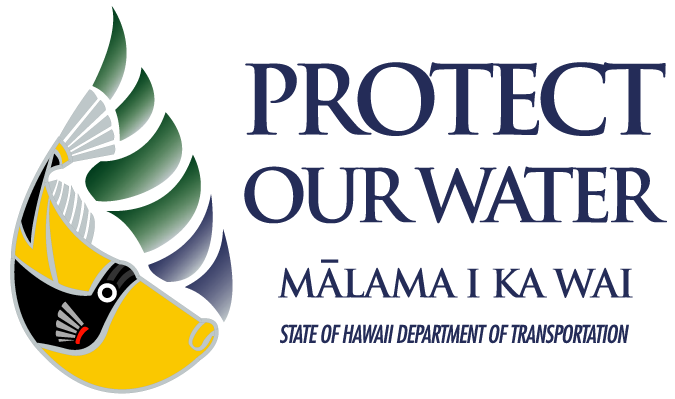Hawaii’s stormwater system is meant to handle rainwater overflow from heavy storms. While the storm drains work well to keep roads safe and prevent flooding, they sometimes deposit pollutants into the waters surrounding our islands. Stormwater pollution can range from trash and debris to chemicals and toxins, and from larger items like plastic bags to the smallest, like microplastics.
Pesticides, bacteria, and chemicals can be hard to catch because they are often too small and difficult to see. Household waste, such as cooking oil, motor oil, household cleaners, fertilizer, and pet waste also contribute to these unseen pollutants.
Cleaning products in particular can be harmful on marine life. Standard bleach cleaners need 312,000 ounces of water dilution per ounce to be considered “safe” for fish. Biodegradable soaps, though a better alternative, needs to be diluted by about 20,000 ounces of water to be safe.
Stormwater pollution can also be unsafe for humans. Many bacteria and viruses carried through stormwater drains can be disease-causing or even deadly for ocean users who just want to surf or swim.
Here are a few ways your household can stop contributing to water pollution:
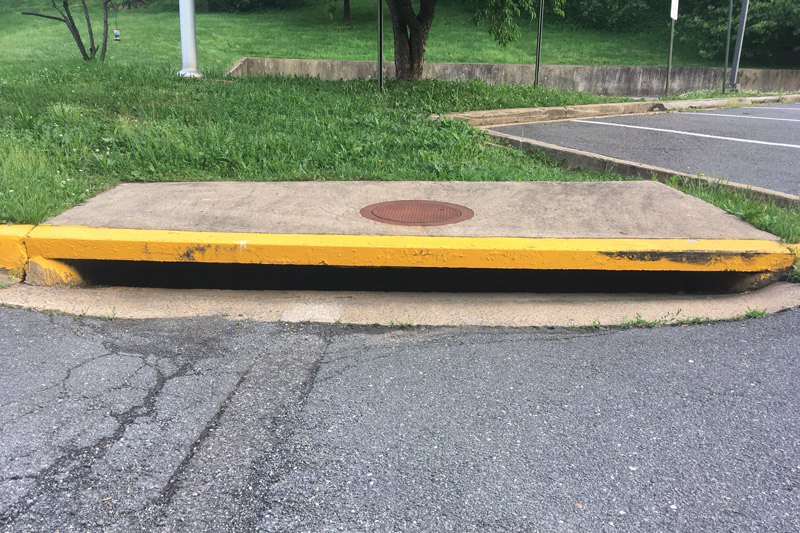
Never dispose of any materials into a storm drain – they’re meant for clean rainwater!
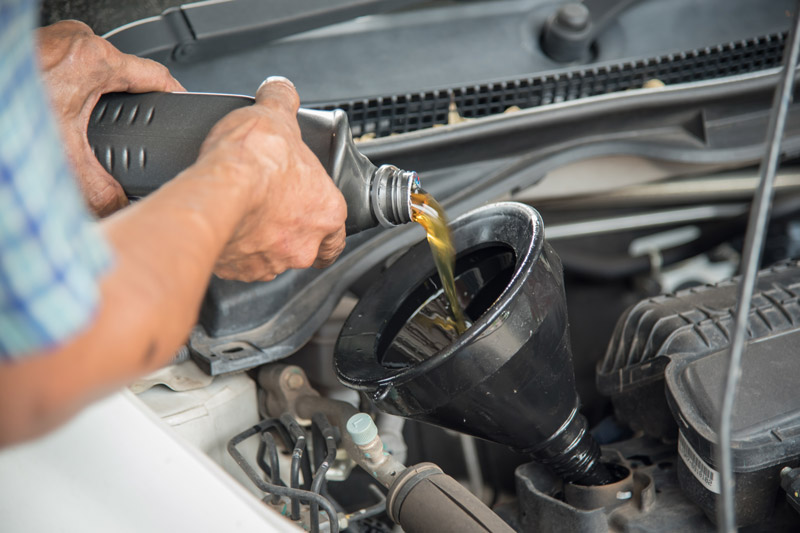
Monitor and properly dispose of your motor oil. Make sure to use an oil-absorbing box when changing your oil.
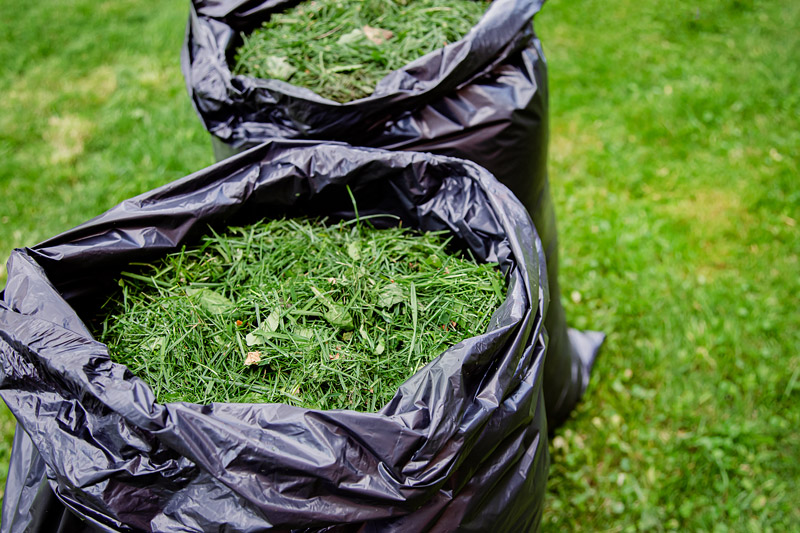
Properly dispose grass clipping, leaves, and other yard waste or compost them for fertilizer.
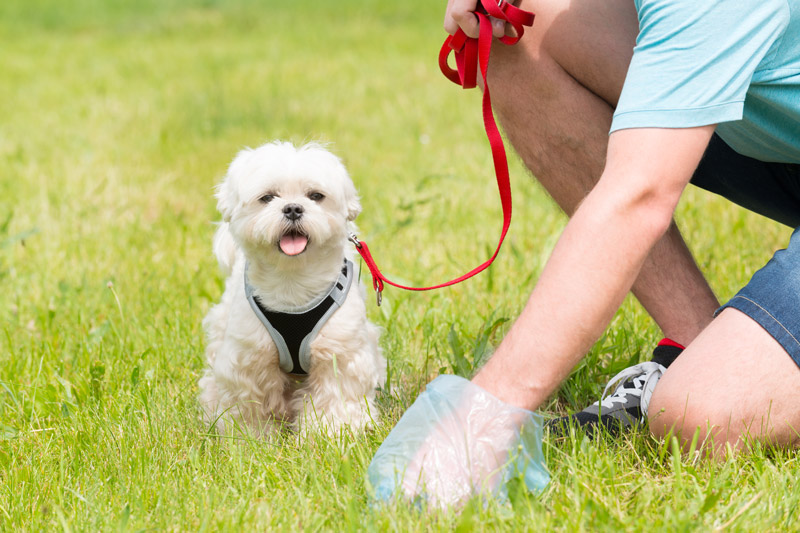
Pick up after your furry friends and always remember to bring pet waste bags on your walks.

Sweep your driveways rather than hosing them down to prevent excess oil, car chemicals, and debris from entering nearby storm drains.

Refrain from using heavy chemical fertilizers and pesticides and opt for organic options whenever possible, such as compost, tarping, or other natural ways to prevent unwanted inhabitants from entering your garden.
